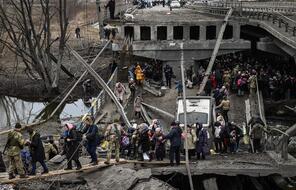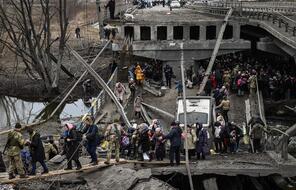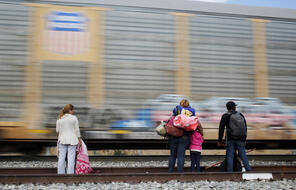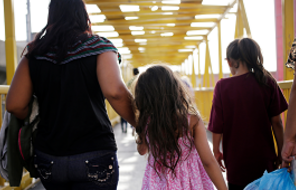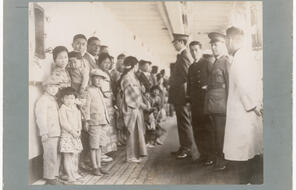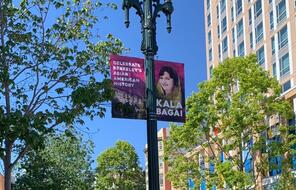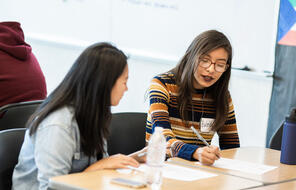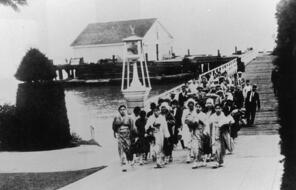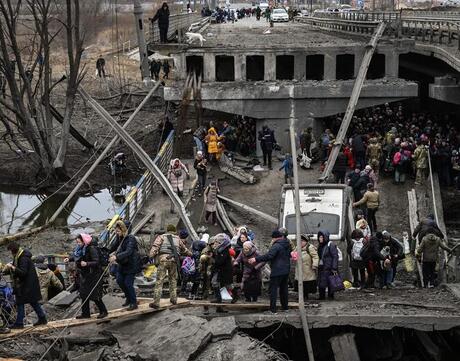
Ukraine: Discussing the War and Refugee Crisis with Students
Overview
About This Lesson
This lesson is designed to help students process how they are feeling about this devastating war, develop media literacy in what news they consume and how, and explore the mounting refugee crisis. The content is divided into two parts, which each contain material for at least one fifty-minute lesson. Depending on timing, you might choose to omit some activities and adapt the content to your class/lesson needs.
Preparing to Teach
A Note to Teachers
Before you teach this lesson, please review the following guidance to tailor this lesson to your students’ contexts and needs.
Activities
Part I
Part II
Extension Activities
Materials and Downloads
Resources from Other Organizations
Additional Resources
Resources from Other Organizations
Unlimited Access to Learning. More Added Every Month.
Facing History & Ourselves is designed for educators who want to help students explore identity, think critically, grow emotionally, act ethically, and participate in civic life. It’s hard work, so we’ve developed some go-to professional learning opportunities to help you along the way.
Exploring ELA Text Selection with Julia Torres
On-Demand

Working for Justice, Equity and Civic Agency in Our Schools: A Conversation with Clint Smith
On-Demand

Centering Student Voices to Build Community and Agency
On-Demand




